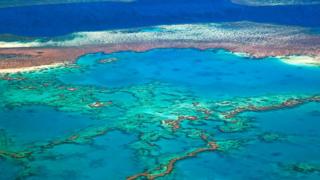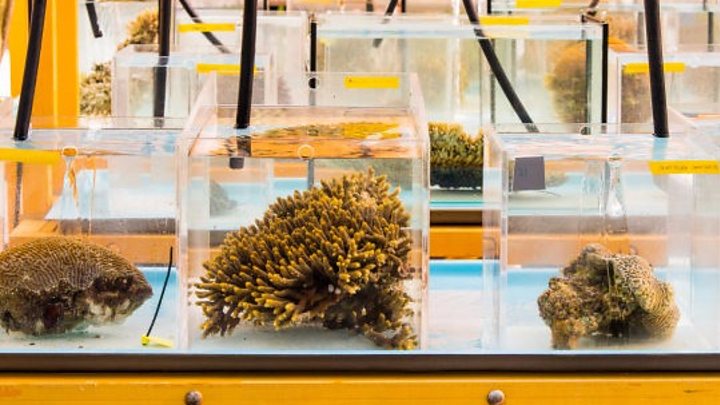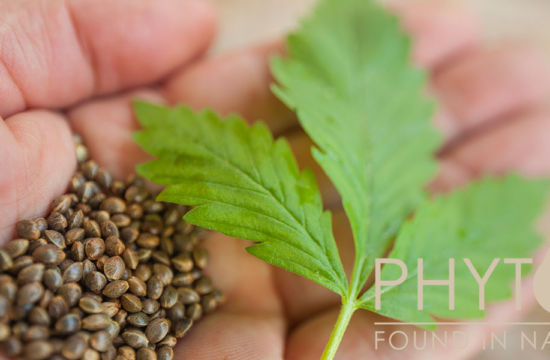 Image copyright
Image copyright
Getty Images
The Great Barrier Reef’s condition is deteriorating due to climate change
The Great Barrier Reef’s outlook has been officially downgraded from poor to very poor due to climate change.
Rising sea temperatures thanks to human-driven global warming remain the biggest threat to the reef, a five-year Australian government report says.
Actions to save it “have never been more time critical”, the report reads.
Stretching over 2,300km (1,400 miles), the reef was designated a World Heritage site in 1981 for its “enormous scientific and intrinsic importance”.
But in recent years the reef has been increasingly damaged by warmer seas which have killed off coral and affected its long-term health.
Unesco’s World Heritage Committee is due to consider adding the reef to its list of sites that are “in danger”.
The massive report documents the condition of the reef and its outlook for the future.
What does the report say?
Under Australian law, the Great Barrier Reef Marine Park Authority (GBRMPA) must produce a report on the state of the World Heritage site every five years.
In the first report in 2009 scientists said the reef was “at a crossroads between a positive, well-managed future and a less certain one”. The second report in 2014 ranked it as “an icon under pressure” with efforts needed to fight key threats.

Media playback is unsupported on your device
“Since then, the region has further deteriorated and, in 2019, Australia is caring for a changed and less resilient reef,” the most recent report states.
Rising sea temperatures caused “mass bleaching events” in 2016 and 2017 that wiped out coral and destroyed habitats for other sea life. While some habitats remain in a good state, the condition of the site as a whole is worsening.
“Threats to the reef are multiple, cumulative and increasing,” the report says. “The window of opportunity to improve the Reef’s long-term future is now.”
Scientists say the number of new corals plummeted by 89% on the reef thanks to recent bleaching events, which affected a 1,500km stretch.
Australia pledged A$500 million (£276m) to protect the reef last year.
Can we save the reef?
Since the report was released, environmentalist groups have been calling for greater global action to tackle the climate crisis, and for the Great Barrier Reef to be given extra protections.
Imogen Zethoven, director of strategy for the Australian Marine Conservation Society, said: “We can turn this around, but only if the prime minister cares enough to lead a government that wants to save it. And saving it means being a leader here and internationally to bring greenhouse gas emissions down.
“This is now the third Outlook Report. We’ve had 10 years of warnings, 10 years of rising greenhouse emissions and 10 years watching the Reef heading for a catastrophe.”
Image copyright
AFP/Getty
Animals lose their habitats when coral die off
Addressing reporters in Sydney, the GBRMPA’s chief scientist, David Wachenfeld, agreed the reef’s problems were “largely driven by climate change”.
“Despite that, with the right mix of local actions to improve the resilience of the system and global actions to tackle climate change in the strongest and fastest way possible, we can turn that around,” he added.












